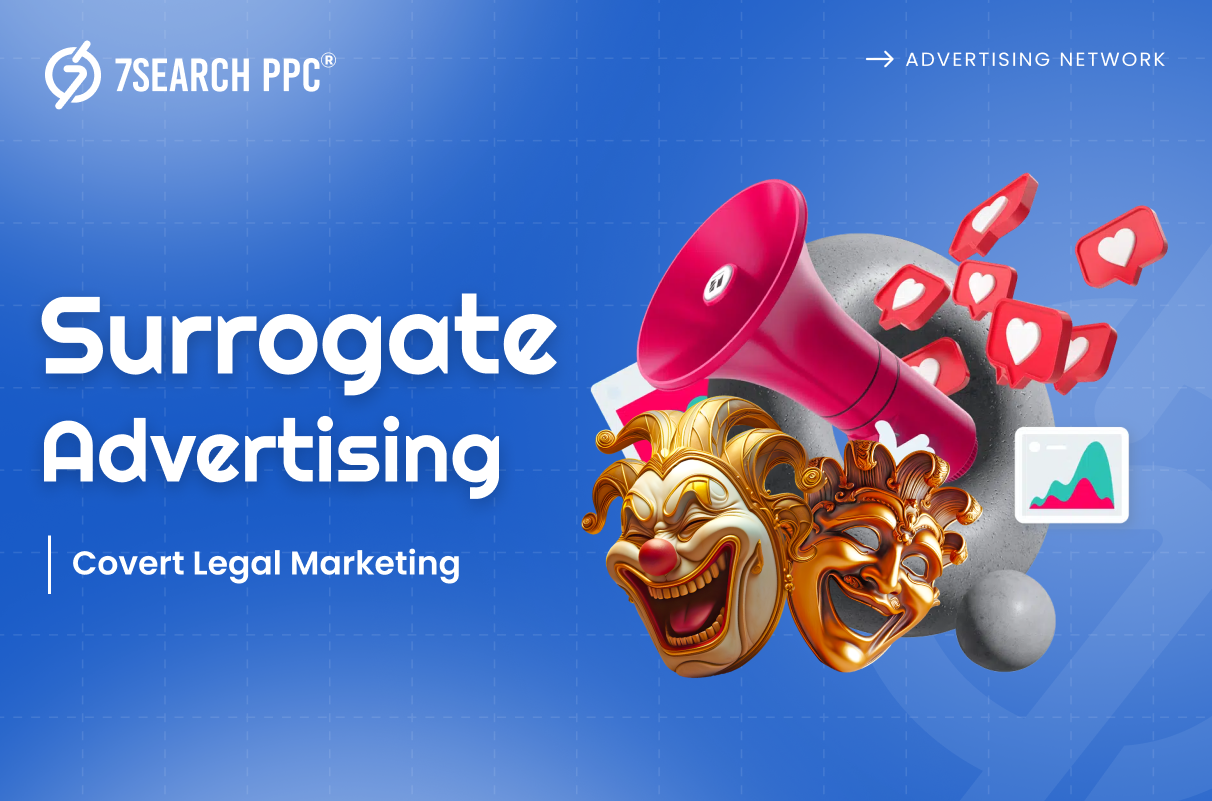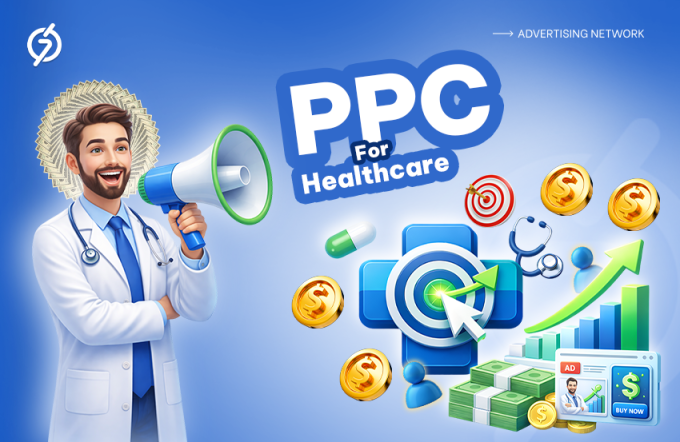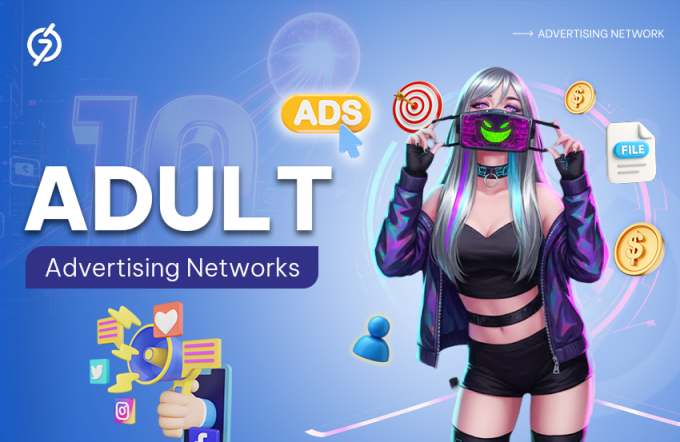When traveling to a specific point, if the road is blocked, we often take an alternate route or a shortcut to reach the destination. In such cases, we wouldn’t call this a loophole. However, in digital advertising, a similar scenario is referred to as a loophole.
This occurs when brands use deceptive tactics to reach their audience despite government bans on advertising their products on any medium, whether digital or traditional. This strategy is known as surrogate advertising.
You might see a soda ad that focuses more on the brand than the drink. Or a music concert sponsored by a cigarette company. That’s the clever trick of surrogate advertisement—a smart way to advertise products indirectly when direct ads are banned by ad regulators.
Instead of promoting restricted items, brands promote other things like club sodas, music CDs, or events with the same name. This keeps their brand visible while staying within legal boundaries.
In this blog, we’ll look at and understand surrogate advertising, share some real-life examples, and discuss its legal side. Readers, stick around to catch and grab the clever strategies brands use to stay in the spotlight without breaking the rules!
Surrogate Advertising: Impact Without Sound
A business that invests heavily in its products and services never steps back when encountering hurdles. One such hurdle is following advertising rules and respecting the restrictions imposed by advertising watchdogs.
But think like a business owner: if you follow the rules and regulations, can you really earn fame or increase the sales of your offerings? Absolutely not! Advertisements play a big role in influencing customers’ opinions. That’s why brands always choose an approach called surrogate advertising in such cases.
Alcohol, Medicines for Adults, Tobacco, Gambling, Cigarettes, etc., are some of the products and services available in the market. Still, they don’t have permission to freely advertise their offerings on the Internet, TV, or any other medium. But where there is a will, there is a way. Brands come up with substitute advertising solutions, which we call “surrogates.”
The Birth of Surrogate Advertising
To comprehend the necessity of surrogate ads for brands, we need to look back in time. It all started in Great Britain, where many liquor brands used to advertise their products daily and consistently. As a result, the public began consuming more alcohol in their daily lives, which led to an increased rate of domestic violence and harassment.
Women living in Great Britain showed unity and went on strike against this issue. When these companies saw the public’s reaction, they quickly changed their liquor advertising practices. They started promoting their surrogate products like music CDs and sodas, and from there, the concept of surrogate advertising emerged.
Over time, this idea spread to other countries as well.
The Gray Area of Brand Visibility
In this innovative advertisement method, brands promote their products without showing them directly, particularly in industries like alcohol, tobacco, or gambling, where advertising is restricted.
Instead of advertising the actual products, companies might promote their brand name under the shadow of related items and also sponsor some events under their brand name and logo. Here is the loophole: advertising regulators banned the advertisements of such products, but they often allow brands to promote their image.
For example, an alcohol brand sponsoring a tennis tournament where thousands of people will see their brand name in jerseys or on display screens. In this example, you can understand how brilliantly the brand creates visibility and association without directly promoting the product itself.
Is this wrong or right? This is a matter of debate.
Any Benefits of Surrogate Advertising?
It is a common marketing practice where a product or service is indirectly promoted through an online ad for a related product or service. While it’s often used to circumvent restrictions on direct advertising, it can offer several benefits, which are given below:

Brand Awareness
Brands take center stage in the industry through consistent promotion. When someone holds your promotion efforts for only one day, you will be out of the competition because some competitor might take your place.
Surrogate advertisement helps brands promote their products without showing them directly. Companies use different products to represent their brand, which lets them stay visible in the market while following online advertising rules.
This way, people still see the brand name, making it easier for them to remember it when they come across the actual product
.. Previously, they were educated about the nature and quality of products by word of mouth or personal experience.
Compliance With Regulations
Rules can be bent, but in places like the USA and Canada, breaking advertising rules can harm your business. Many countries have strict regulations on advertising certain products, like alcohol and tobacco.
Surrogate advertising helps brands work within these rules. By promoting a legal product while hinting at a restricted one, companies can market their brand without breaking the law. This smart digital advertising strategy allows brands to stay competitive, rule the industry, and avoid fines/penalties like a boss.
Positive Brand Association
Connecting with popular events, sports, or causes helps brands stay on top of their audience’s preferences. It allows brands to create a positive image in people’s minds and communicate their message effectively.
This positive association improves their reputation and opens a door of high engagement. When consumers see a brand supporting a favorite event or a meaningful cause, they tend to view it more positively.
Surrogate advertising helps businesses create a positive perception, and this positive perception can make customers more loyal to the brand and purchase only from them when they decide to buy in the future.
The Drawbacks of Surrogate Advertising
A technique used to promote products indirectly through associated products or services can be effective but also presents certain drawbacks, which can’t be ignored. Here are some of the key disadvantages.
Misleading Advertising
Intentions say it all, and if the business is using surrogate advertising, then its intention is different from what it shows in an ad. Surrogate ads can be confusing because they promote one product while hinting at another.
For example, an ad for a non-alcoholic drink shows the qualities and flavors of the product, and behind the product, that brand shows a party scene. This can mislead buyers into believing they are getting a certain experience or lifestyle, which may not be true.
As a result, people might feel disappointed or deceived once they realize the brand’s true intention is to promote a particular product category (whose advertisements are banned) under the guise of others.
Weakening Regulatory Efforts
What is the main goal of advertising regulators and their rules? The main goal of ad regulators and their rules is to protect people from harmful products like alcohol or tobacco.
However, surrogate ads make it harder to do this because they let companies promote products ( that can’t be advertised) sneakily. For example, they might advertise something harmless, like soda, but it indirectly hints at alcohol (which is harmful).
This makes it tough for regulators to catch and stop these online ads since the real product is not clearly shown. As a result, companies can find ways to bypass the rules meant to keep people safe.
Negative Impact on Society
Surrogate ads can negatively affect society by making unhealthy or controversial products seem normal. They often promote lifestyles and other products in that way; regulators can’t be able to impose bans on such ads.
As a result, when those ads flash on websites, TV, or other modes, they are seen by every age group, especially teenagers, and after that, there is a big chance that they adopt unhealthy habits by associating with such harmful products.
The Different Types of Surrogate Advertising
One? Two? Or three? How many types of surrogate ads have you encountered in your daily life? It’s tough to answer, right? Because sometimes we see them but can’t recognize them. Don’t worry! Here is the list of the most common types of surrogate advertising you might come across regularly:
Brand Representation
Surrogate ads often showcase a brand without directly promoting a product. Instead, it highlights the brand’s identity through creative visuals or themes. This helps consumers remember the brand while avoiding restrictions on direct advertising.
It’s a way to build brand loyalty and recognition by associating the brand with positive emotions or experiences. Sometimes, big brands invite popular influencers to an event or product launch date and pay heavy amounts to them.
The reason behind the huge investment is that they have a good number of followers, which helps them reach more people and engage with potential customers. So, recall how many times you have seen such events? If yes, then, my friend, you have already witnessed surrogate advertising in action!
Sponsored Events
When a brand shows interest in sponsoring a particular event, it’s important to remember that this interest is for the brand’s own benefit, not for the event being sponsored.
This type of surrogate advertising promotes events that a brand sponsors. The brand gains visibility during the event while offering fun or engaging experiences for the audience.
This approach helps link the brand to enjoyable moments, making it easier for attendees to remember after seeing the name of the sponsoring partner many times, especially during breaks. Examples of such events include:
- Concerts,
- Sports Tournament
- Cultural Festivals
Music Videos and Albums
Brands often collaborate with artists to include their logos or products in music videos and albums. This allows the brand to reach many people without doing direct ads.
By being part of popular music, the brand connects with listeners’ feelings and lifestyles, which helps more people recognize and like the brand. And you know that millions of views can turn into big sales and more fans for the brand. So, does your favorite album feature any brand name that is popular for alcohol or gambling?
Digital Marketing
Surrogate advertising is the most popular in an online landscape. Brands promote themselves subtly through social media, websites, and other digital platforms.
We are sure that you can’t deny that you have not witnessed an ad on any digital platform promoting their secondary products, but in reality, they are famous for other products.
They mostly create their ad campaigns on ad networks and launch them using precise targeting tools. When a user sees their ads and clicks on them, they often engage with the brand’s primary offerings without even realizing it.
The Legal Boundaries of Surrogate Advertising
The legal boundaries of surrogate ads are constantly changing and can differ depending on where you are. However, here are some general principles that usually apply:
Accurate Product Information
It’s important to follow digital advertising laws regarding product descriptions and labels. Misleading information can lead to legal issues, so make sure that all claims about the product are accurate and deceptive.
Brand Identity
When using logos and brand names in digital surrogate advertising, proceed with caution. Some regions have strict regulations regarding how brand elements can be used. It is important to thoroughly review these rules, and consulting legal experts can be beneficial.
Compliance with Age Restrictions
Following age-related advertising laws is very important, especially for products that are meant for specific age groups. Make sure your ads don’t target children if the product is only for adults. If you don’t follow these laws, you could face serious legal problems.
Transparency and Integrity
Maintain honesty and transparency in your digital surrogate ads. Engaging in deceptive marketing can lead to legal challenges and undermine consumer trust. Being open about your products not only keeps you compliant with the law but also strengthens your brand’s credibility.
Renowned Cases of Surrogate Advertising
Examples are meant to be practiced, and when there is a real-life example, nothing can be better than that. Here are some examples of popular brands that use surrogate ads:
Kingfisher
Kingfisher Soda was launched by the Kingfisher brand, which is famous for its beer, to promote a non-alcoholic brand. You might see their ad in many digital places. In its ads, this company promotes its airline under the Kingfisher name and also highlights its soda. This way, they can keep their brand visible and attract customers without directly advertising alcohol, helping them stay relevant in the market.
Bagpiper
The whiskey brand Bagpiper launched Bagpiper Club Soda as a non-alcoholic drink. Like Kingfisher, this brand also uses surrogate ads to promote its non-alcoholic products.
Still, its end goal is to maintain brand visibility and attract customers to its alcoholic beverages. This strategy allowed them to continue promoting their brand even with strict laws that limit alcohol ads. It helped them stay visible and known to the public.
Foster’s
Foster’s, a beer brand, launched Foster’s Ice Bucket, a non-alcoholic product, to reach people in areas where alcohol ads are not allowed. This helped them keep their brand visible and connect with customers in a new market.
What we liked the most was that when we visited their websites, we found that they ask for the date of birth. If a user is 12 years old or younger, they are not permitted to enter the site, which shows their commitment to following guidelines.
Conclusion
Surrogate advertising serves as a clear workaround for brands facing strict advertising restrictions, allowing them to maintain visibility and promote their products indirectly.
While this method can boost brand awareness, it also raises ethical issues about misleading practices and their effects on society. Both marketers and consumers need to understand the details of surrogate advertising.
As this strategy develops, brands need to find a balance between being creative and being honest, making sure they connect with their audience responsibly while following the law.
Frequently Asked Questions (FAQs)
What is surrogate advertising?
Ans. This advertising is a marketing strategy in which brands promote their products indirectly, often through related items or events. It is commonly used when direct advertising is restricted.
Is surrogate advertising legal?
Ans. While it’s often used to circumvent restrictions, surrogate advertising can be legal as long as it does not directly promote the restricted product. However, the legality varies by country and specific regulations.
What are the benefits of surrogate advertising?
Ans. Benefits include increased brand awareness, compliance with regulations, and positive brand associations.
What are the drawbacks of surrogate advertising?
Ans. Drawbacks include potential misleading advertising, weakening regulatory efforts, and negative societal impacts.
How does surrogate advertising work?
Ans. Brands use subtle cues, imagery, or themes to associate their brand with the promoted item or even without explicitly promoting the restricted product.


















